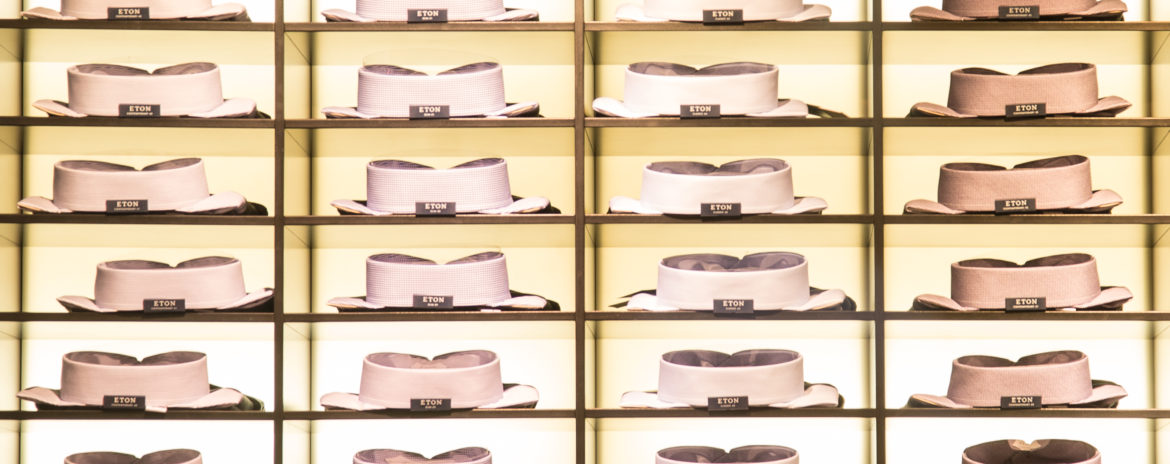If your business spends time, effort, and money on packaging, labeling, and displays, or you are considering opening several retail locations, you should care about trade dress. Great trade dress can lead to consumer recognition for your products, can catch the attention of new customers, or can help generate buzz around the ambiance created at your place of business. Trade dress allows a business to capitalize on the goodwill that consumers have come to associate with a company’s products or services, and prevent imposters from passing off their products as those associated with the original trade dress owner.
Trade dress, much like a trademark, is a way that a product is identified to consumers. However, while a trademark is a distinct logo or phrase used to identify goods, trade dress is the visual appearance of a product or its packaging. Trade dress may include the packaging, labeling, the way a display appears on store shelves, and even the design of the product itself. If that appearance is distinctive and readily identifies a product, it may be protected very much in the same way a trademark is protected.
Trade dress protection can be established under the Unfair Competition Law and, preferably, through trademark registration with the Japan Patent Office (JPO) under the Trademark Law. In order to qualify for trade dress protection, in addition to the routine trademark application requirements (description of the trade dress, classification under which the trade dress seeks protection, and filing fees), the JPO requires:
- The trade dress not be functional (i.e., it must not have a direct correlation to the use, purpose, cost or quality of the product or service)
- The trade dress must be either inherently distinctive or have acquired secondary meaning.
Inherently Distinctive means the nature of the designation and the context in which it is used leads consumers to perceive the designation as identifying a particular person or business as the origin or producer of the goods or services.
Secondary Meaning is acquired when a large portion of the consuming public has developed an automatic association of the trade dress with the source or producer of the good or service, and not the product itself.
The Unfair Competition Law is still useful even where your trade dress has yet to be registered under the Trademark Law in Japan, provided that:
- Less than three years have elapsed from the initial use of your goods with a non-functional distinguishable character in Japan, or
- Your trade dress becomes famous as a source indicator of your goods or service among relevant consumers in Japan.

